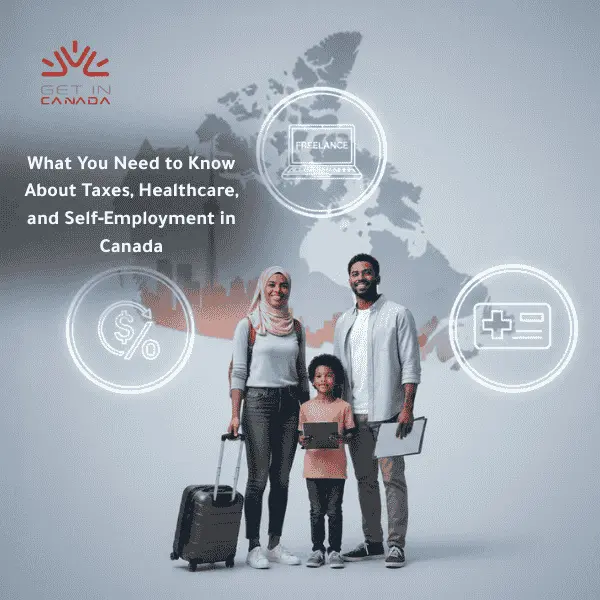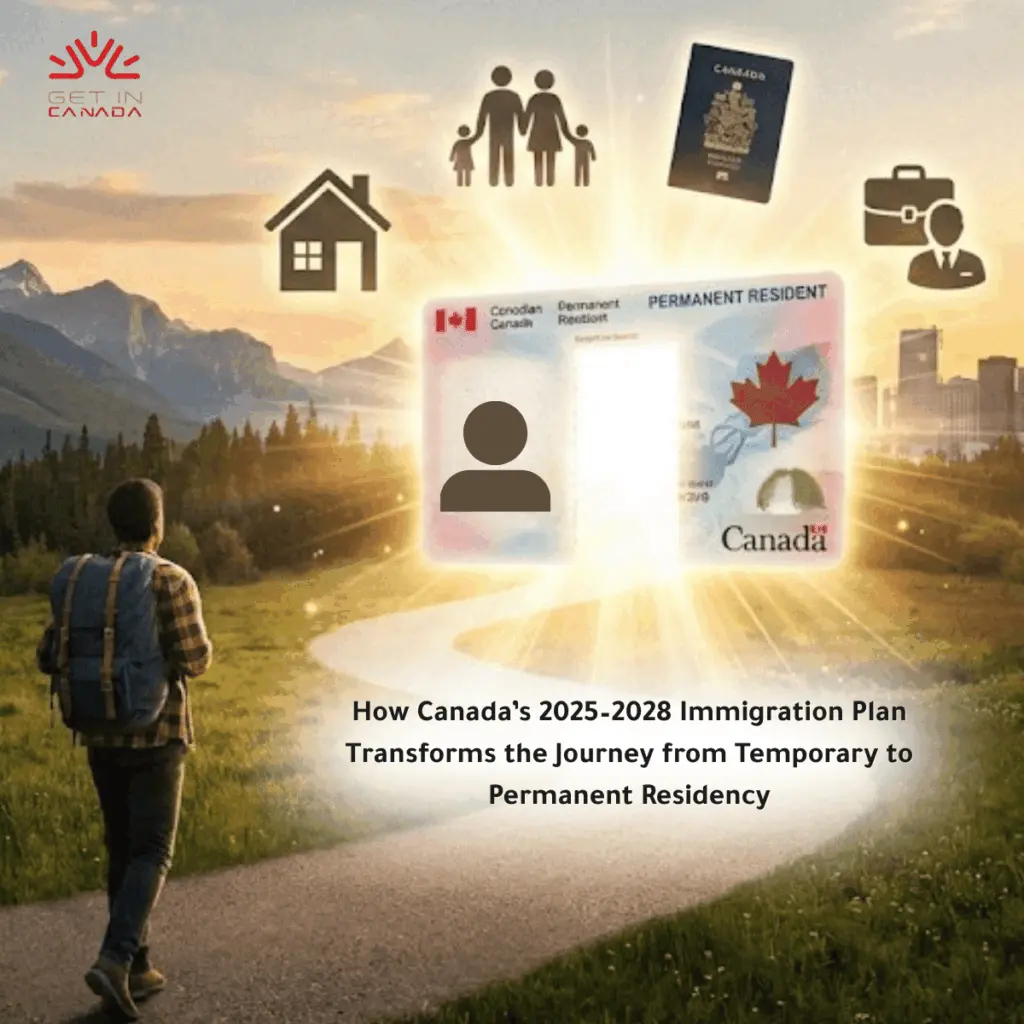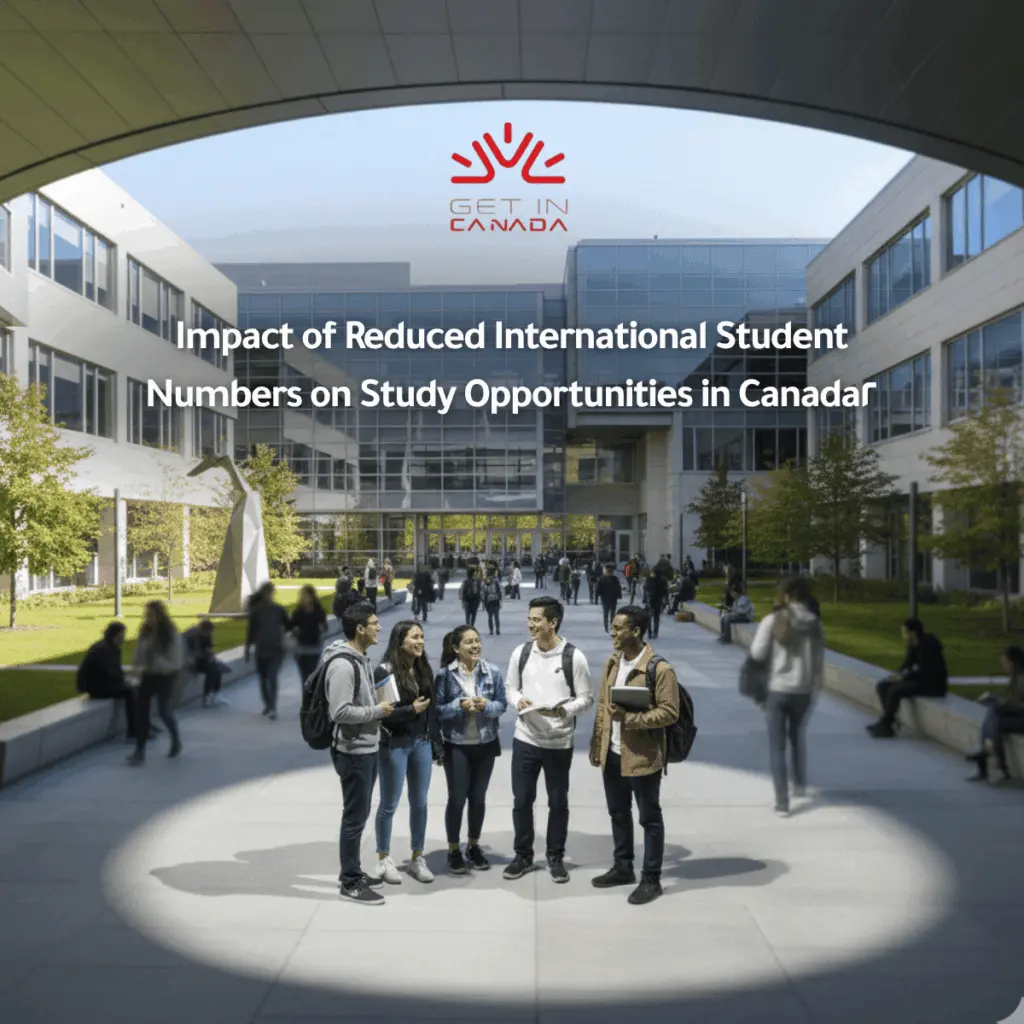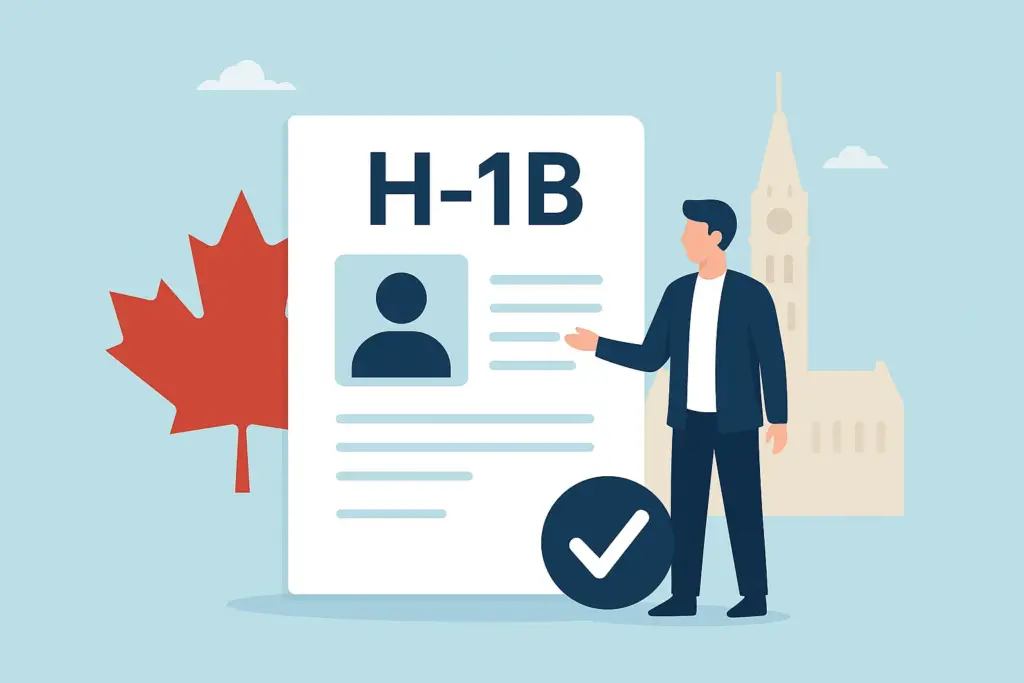New updates announced by IRCC for the Intra-Company Transfers Program
On October 3, Immigration, Refugees, and Citizenship Canada (IRCC) announced new rules for Intra-Company Transfers (ICTs). These changes will make it harder for employers to get work permits for their employees through the International Mobility Program. The new rules require employers to prove they are a multinational company, and the employees must have special skills needed for their jobs. Because of these changes, businesses might find it more challenging to move their staff to Canada under this program.

What is the International Mobility Program (IMP)?
The International Mobility Program lets employers get work permits for foreign workers through Intra-Company Transfers ICT without needing a Labour Market Impact Assessment (LMIA). LMIAs ensure that hiring a foreign worker doesn’t harm the Canadian job market. Getting a work permit with an LMIA usually takes more time and effort for employers, so the IMP offers a quicker option for qualified companies.
Find out if you are eligible to get in Canada →
Stricter rules for Intra-Company Transfers (ICT)
The new rules require officers to make sure that any foreign company applying for ICT meets the criteria of a multinational corporation (MNC). The company must have “revenue-generating operations in at least two countries before setting up in Canada.”
Key changes in the rules
- Clearer explanations of what “specialized knowledge” means, how to decide if an applicant has this knowledge and if a job needs it.
- Better details on who can qualify for the ICT program.
- Simplified instructions for ICTs, now all found on one page.
The rules also highlight that the ICT program should not be used to move a company’s general workforce to Canadian branches. Officers are also reminded to include all evidence for ICT applications in the Global Case Management System (GCMS).
Updates on free trade agreements and the International Mobility Program
Immigration, Refugees, and Citizenship Canada (IRCC) has made changes to its staff guidelines for several free trade agreements that are part of the International Mobility Program. These agreements include:
- Canada–United States–Mexico Agreement (CUSMA)
- Canada–Korea Free Trade Agreement
- Canada–Peru Free Trade Agreement
- Canada–Colombia Free Trade Agreement
- Canada–Chile Free Trade Agreement
- Comprehensive Economic and Trade Agreement (CETA) with the European Union
- Canada–United Kingdom Trade Continuity Agreement
- Comprehensive and Progressive Agreement for Trans-Pacific Partnership (CPTPP)
The updated guidelines now:
- Combine all information on evaluating Intra-Company Transfers (ICTs) within the instructions for each free trade agreement.
- Present the instructions as separate pages for each temporary work rule.
- Include a summary page for easier understanding.
On the same day, IRCC also updated the steps for entering information into the Global Case Management System (GCMS) for representatives.
IRCC’s ongoing changes to Temporary Resident Programs
The new changes to the Intra-Company Transfers (ICT) program fall neatly into the IRCC initiative to minimize the number of temporary residents in the country. Canada Immigration Minister Marc Miller says he plans to reduce the percentage of temporary residents within the next three years from 6.5 to 5%.
On September 18, Minister Miller disclosed intentions to cut the issue of the study permits, post-graduation work permits (PGWP), and spousal open work permits in the next three years. The hiring of temporary foreign workers, under what is called the Temporary Foreign Worker Program (TFWP), with permits issued based on LMIAs, is also being examined. As of September 26, the government has stopped processing applications for the low-wage stream of the TFWP in areas where the unemployment rate is over 6%.
The upcoming Levels Plan, set to be released on November 1, will be the first to include specific goals for temporary residents. This plan outlines Canada’s immigration targets for the next year and includes estimates for the following two years.
The new updates for the Intra-Company Transfers (ICT) program show that IRCC is taking a more careful and strict approach. These changes are part of a bigger plan to reduce the number of temporary residents in Canada and to ensure that work permits are given only when truly needed. With clearer rules for ICTs, updated guidelines for free trade agreements, and a focus on limiting temporary residents, the goal is to find a better balance between supporting the economy and managing immigration. As Canada gets ready to release the new Levels Plan on November 1, these changes will be important in shaping how temporary and permanent immigration is managed in the future.











